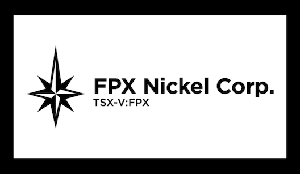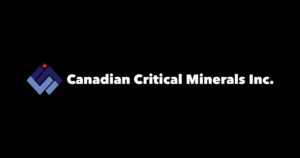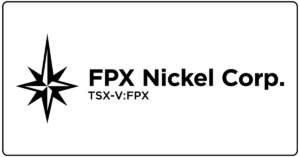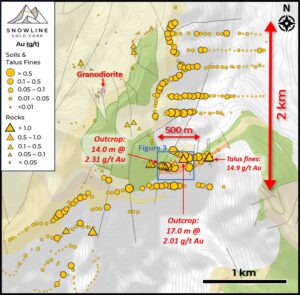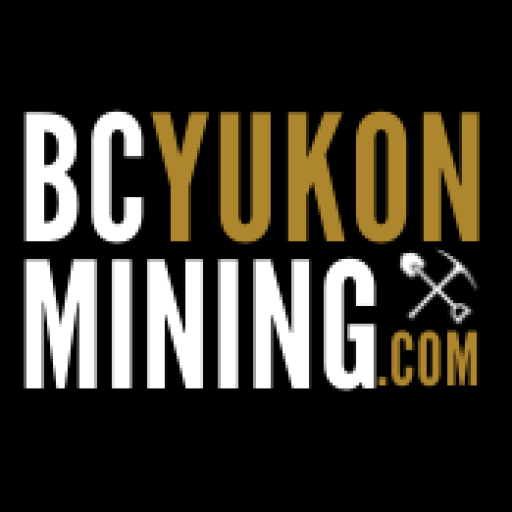Vancouver, May 26, 2021 – FPX Nickel Corp. (FPX-TSX.V) (“FPX” or the “Company”) is pleased to provide an overview of an expanded exploration program starting in June at the Company’s Decar Nickel District (“Decar”) in central British Columbia. In addition to the drill programs at the Baptiste Deposit and the Van Target (see the Company’s May 10, 2021 news release), regional exploration will focus on prospective under- and un-explored areas within this 245 square kilometre (“km2”) ophiolite complex.
Highlights
- FPX to conduct regional mapping and surface sampling within the Decar land package at the existing Sid and B targets and at five new prospective areas
- Work at Sid and B designed to potentially expand the footprint of known mineralization and investigate the ground located between the two targets, where previous drilling has generated positive results
- Reconnaissance exploration in five prospective new areas, which have been identified on the basis of high magnetic response from previous airborne surveys, limited previous sampling work and/or improved access to outcrop resulting from recent clear-cut logging activity
“With plans to conduct infill drilling at Baptiste and a maiden drill program at the Van Target this summer, we are excited to conduct additional exploration around the Sid and B targets, plus regional exploration at five other under-explored areas at Decar,” commented Martin Turenne, FPX’s President and CEO. “The exploration potential at the Decar Nickel District remains vast and offers a compelling opportunity to expand the nickel endowment beyond that already demonstrated at Baptiste, which is the world’s third largest undeveloped nickel deposit.*”
Figure 1: Decar Nickel District with airborne magnetic survey results showing the location of the Baptiste Deposit, Van target and additional exploration areas

Sid and B Targets
Surface exploration will be conducted this summer to further refine and expand the areas within, surrounding and between the Sid and B Targets, located approximately 3 and 4.6 km, respectively, north-northwest of the Baptiste Deposit. The Sid target was tested with two holes in 2010 and the B target had a single hole drilled in 2011; all three holes intersected nickel-iron alloy mineralization over wide intervals with nickel grades comparable to the Baptiste Deposit (see Tables 1 and 2, below).
Table 1 – Results of Previous Drilling at Sid Target
| Hole | Intersections | Ni in Alloy (%) | Comments | ||
| From (m) | To (m) | Length (m) | |||
| 10SID-09 | 182.8 | 346.0 | 163.2 | 0.126 | Hole ended in mineralization |
| 10SID-10 | 116.0 | 398.0 | 282.0 | 0.143 | Hole ended in mineralization |
The holes at Sid were drilled to test the depth extent of mineralized ultramafic rock outcrops located west of the drill hole locations. Both holes were drilled to the southwest at an inclination of 60 degrees and were located 325 metres apart on the inferred northwestern boundary of the Sid target area.
Table 2 – Results of Previous Drilling at B Target
| Hole | Intersections | Davis Tube Recoverable Ni (%) | Comments | ||
| From (m) | To (m) | Length (m) | |||
| 11B-01 | 30.0 | 46.0 | 16.0 | 0.074 | |
| and | 46.0 | 304.5 | 258.5 | 0.138 | Hole ended in mineralization |
New Exploration Areas
The Company has identified five prospective new areas within the Decar claims group on the basis of high magnetic response from previous airborne surveys and, in certain areas, from limited previous sampling. In certain of these areas, recent logging activity by forestry companies has removed significant ground cover, and it is anticipated that additional areas of outcrop which have been previously inaccessible will now be uncovered. The regional exploration work will involve mapping and rock sampling, size estimations of awaruite (the nickel-iron alloy) and Davis Tube Recoverable (“DTR”) nickel analysis.
Area 1 is located approximately 1 km north of the Baptiste Deposit. There is only one previous outcrop sample within this area, grading 0.08% DTR nickel. The possible trend extension of the B and Sid target into the northwest part of this area will also be investigated.
Areas 2 and 4 are located southeast of the Van target. Sampling of outcrop has not previously been conducted in these areas, but recent clear-cut logging activity has provided new access to determine if outcrop zones have been exposed in these portions of the Decar claim group.
Area 3 is located approximately 3 km northeast of Baptiste. Previous limited outcrop sampling completed over Area 3 has returned coarse-grained awaruite with DTR nickel grades ranging from 0.07% to 0.131%.
Area 5 is along an apparent northwest-southeast trend to the northwest of the Van Target. No surface sampling has previously been completed within this area but there is recent logging activity which may have exposed new outcrops.
*Note: The Baptiste Deposit ranks as the world’s third largest undeveloped nickel deposit, according to Mining Intelligence (see https://www.mining.com/featured-article/ranked-worlds-top-10-nickel-projects)
Dr. Peter Bradshaw, P. Eng., FPX Nickel’s Qualified Person under NI 43-101, has reviewed and approved the technical content of this news release.
About the Decar Nickel District
The Company’s Decar Nickel District claims cover 245 km2 of the Mount Sidney Williams ultramafic/ophiolite complex, 90 km northwest of Fort St. James in central British Columbia. The District is a two-hour drive from Fort St. James on a high-speed logging road.
Decar hosts a greenfield discovery of nickel mineralization in the form of a naturally occurring nickel-iron alloy called awaruite (Ni3Fe), which is amenable to bulk-tonnage, open-pit mining. Awaruite mineralization has been identified in four target areas within this ophiolite complex, being the Baptiste Deposit, and the B, Sid and Van targets, as confirmed by drilling in the first three plus petrographic examination, electron probe analyses and outcrop sampling on all four. Since 2010, approximately US $24 million has been spent on the exploration and development of Decar.
Of the four targets in the Decar Nickel District, the Baptiste Deposit, which was initially the most accessible and had the biggest known surface footprint, has been the focus of diamond drilling since 2010, with a total of 82 holes and over 31,000 metres of drilling completed. The Sid target was tested with two holes in 2010 and the B target had a single hole drilled in 2011; all three holes intersected nickel-iron alloy mineralization over wide intervals with DTR nickel grades comparable to the Baptiste Deposit. The Van target was not drill-tested at that time as rock exposure was very poor prior to more recent logging activity.
As reported in the current NI 43-101 resource estimate, having an effective date of September 9, 2020, the Baptiste Deposit contains 1.996 billion tonnes of indicated resources at an average grade of 0.122% DTR nickel, containing 2.4 million tonnes of nickel, plus 593 million tonnes of inferred resources with an average grade of 0.114% DTR nickel, containing 0.7 million tonnes of nickel, both reported at a cut-off grade of 0.06% DTR nickel. Mineral resources are not mineral reserves and do not have demonstrated economic viability.
About FPX Nickel Corp.
FPX Nickel Corp. is focused on the exploration and development of the Decar Nickel District, located in central British Columbia, and other occurrences of the same unique style of naturally occurring nickel-iron alloy mineralization known as awaruite. For more information, please view the Company’s website at www.fpxnickel.com or contact Martin Turenne, President and CEO, at (604) 681-8600 or ceo@fpxnickel.com.
On behalf of FPX Nickel Corp.
“Martin Turenne”
Martin Turenne, President, CEO and Director



